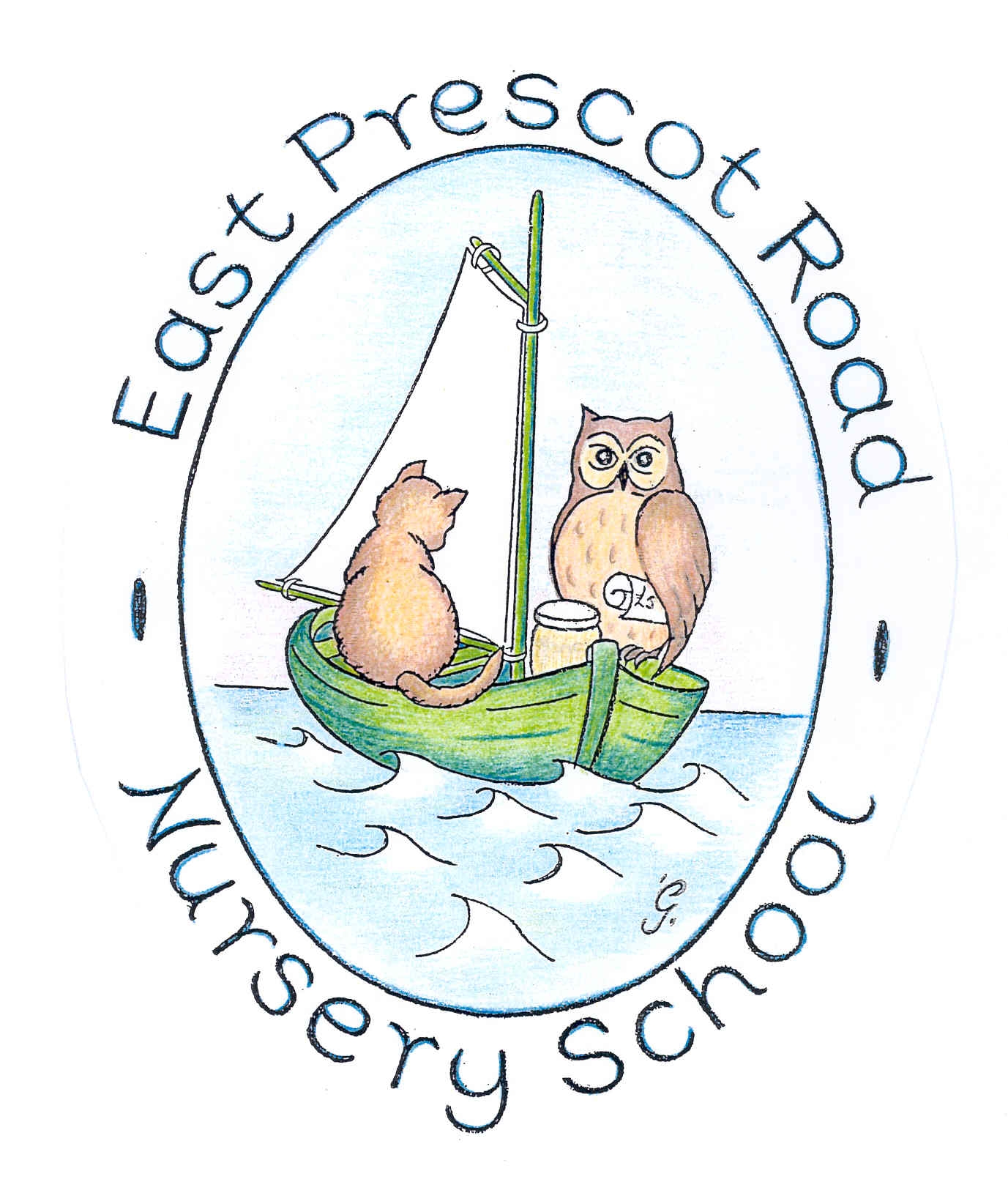Intensive Interaction
Intensive Interaction is a practical approach to interacting with people with learning disabilities who do not find it easy communicating or being social.
The approach helps the person with learning difficulties and their communication partner to relate better to each other and enjoy each other's company more. It helps them develop their communication abilities. In Intensive interaction the speech and language therapist or teacher works on being a better communication partner and so supports the person with learning disabilities develop confidence and competence as a communicator.
Intensive interaction is a fun process. The communication partner is guided by what we know about how communication ordinarily develops for young children. S/he applies this knowledge in a way that is sensitive and respectful to the person with learning disability, whatever their age.
We use Intensive Interaction as a way of teaching or simply as a way of being with people. It enables us to focus on the quality of our everyday interactions. We adopt a particular interactive style. In our interactions with communication partners with learning disabilities we:
- Adjust our interpersonal behaviours - perhaps altering our voice or gaze or body language. This is to make us less threatening and more interesting.
- Take the other person's lead - respond to things they do. This can be by commenting on their actions, joining in with them, playfully imitating them. By responding instead of leading we don't make demands on the person that they cannot cope with. Instead we communicate that we value them and enjoy being with them. We allow them to chance to explore with making things happen and to take the lead. The 'topic of conversation' is within their realm of interest.
- Treat the things the person does as if this is communication. We read social meaning into actions even when this meaning isn't yet clear. In this way the person is responded to as a communicator and gets to know what this feels like and involves. The communication partner 'tunes in' to the possible intent of various actions and expressions, so that eventually the partners are negotiating. For example, when I dip my head I want a break, when I vocalize I'm seeing if I can get a response, and when I look at you I'm saying I want more.
- Use sensitive observation to judge how well the interaction is going. We respond quickly to any feedback, interpreting it so that we can keep the interaction positive and enjoyable for both partners. We also get other colleagues or friends to observe us interacting and use video recordings if possible. In this way we don't just use our intuitive skills as communicators, but we reflect on how we can enhance these and we problem-solve with others, so that interactions don't 'get stuck'.
- Use timing and rhythm in the interactions. This can make them like games - with anticipation and drama to hold the person's attention. Rhythm and repetition help the person with learning disabilities to predict what will happen next and to get more involved. We can create the feeling of taking turns.
- Have fun. Intensive Interaction sessions should be enjoyable and playful.
